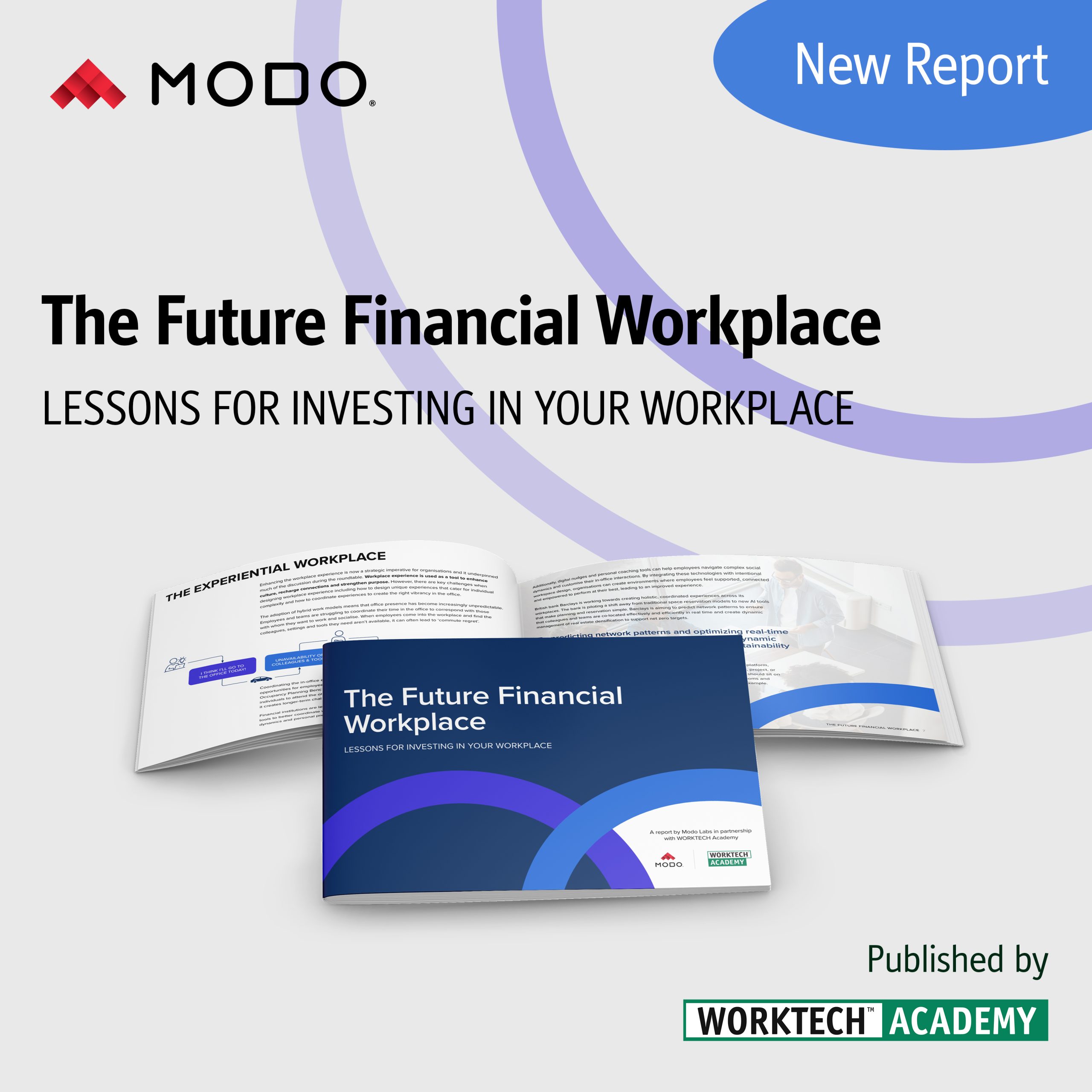What do employees really want from their workplace experience?
As companies tighten budgets whilst still chasing better employee experiences, a new survey by Gensler reveals that the workforce really wants something more inspiring than a beige box
For companies trying to do more with less, investing in the wrong workplace experience is a mistake few can afford. Yet according to new research from Gensler, that’s exactly what many are doing. According to Gensler’s global survey data of 16,800 office workers, just one in five employees in newly redesigned offices felt they had any meaningful say in shaping them. Nearly a third said they had little to no involvement at all.
In short, we’re designing spaces for employees without bothering to ask them what they actually need.
Gensler’s 2025 Global Workplace Survey, based on insights from office workers across 15 countries and 10 industries, reveals that the workplace is out of sync with the way people work today. In a climate where every square metre and every dollar counts, companies must wake up to the new reality. If we’re still building office spaces and experiences like it’s 2019, we’re setting ourselves up to fail.
Traditional office is a dead end
The data shows that most workers still sit in spaces that feel stuck in the past. Employees report that their workplaces feel like traditional business hubs, collaboration zones, or coffee shop experiences. Meanwhile, employees’ vision of an ideal workplace is far more creative and aligned to nature.
Given the choice, workers opt for experiences that feel more like nature retreats or creative labs; they want residential-style environments that feel more like a boutique hotel than a beige box. Yet, employees are more than twice as likely to be given corporate-style settings than to want them.
This shift isn’t just driven by younger generations pushing for change. Across the board, workers of all ages are rejecting sterile, one-size-fits-all offices in favour of places that inspire, energise, and support wellbeing. Comfort and creativity aren’t luxuries anymore, they’re basic expectations.
Amenities that make a difference
In today’s competitive talent market, the right amenities can’t be an afterthought. Food halls, cafés, coworking spaces, quiet zones, and outdoor areas consistently top employee wish lists. The days of flashy gimmicks to distract employees from poor workspaces are gone; employees want spaces that enable them to work smarter, healthier, and more collaboratively.
Yet too many organisations are still fixated on adding amenities that don’t add meaningful benefit and ignore basic needs like acoustic privacy, deep focus areas, and access to natural light.
‘Amenities do not have to be novel to generate value for employees…’
The best workplaces balance social spaces with zones for focused work and they take seriously the human need for greenery, daylight and fresh air.
Designing for purposeful abundance
Perhaps the most damning finding is how employees decide where they should work. Currently decisions are driven mostly by what’s available, not by what’s best suited to the task. Workers are crammed into whatever room happens to be free, regardless of comfort, convenience or privacy.
When availability isn’t a constraint, employees prioritise ergonomics, acoustic control and easy access. In other words, when given a choice, they choose quality.
Organisations need to stop thinking of workplace design as a game of musical chairs, according to the Gensler survey. Providing a variety of high-quality spaces, and enough of them, is critical. If companies are serious about building workplaces that people want to be in, they need to listen first, then design. Otherwise, they risk significantly investing in spaces that employees will avoid – or even abandon.
Access Gensler’s Global Workplace Survey 2025 here.








